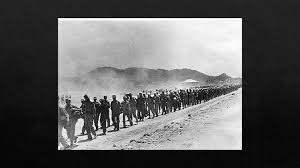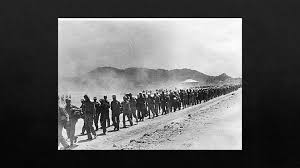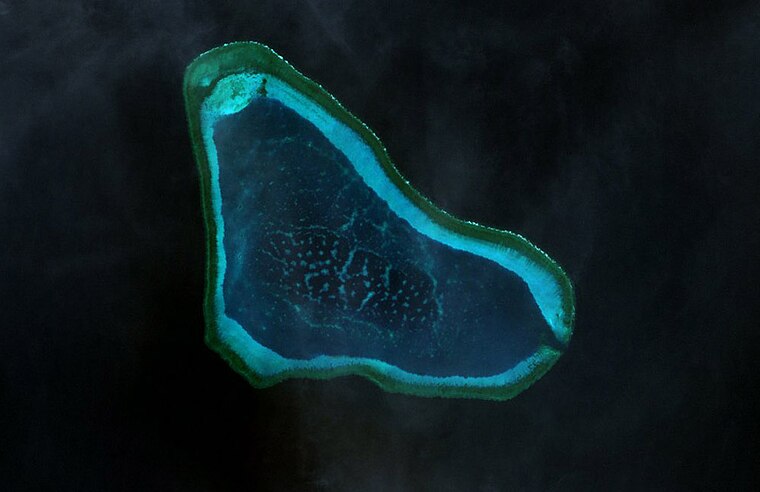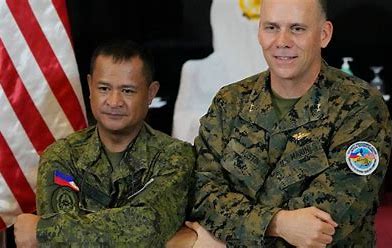
This year, in March, a dedicated group of individuals embarked on a 160-kilometer walk to commemorate one of the most harrowing events in history: the Bataan Death March. This commemorative walk serves not only as a reminder of the sacrifices made by the Filipino and American soldiers during World War II but also as a testament to the enduring spirit of resilience and solidarity.
Remembering the Past
The Bataan Death March, which began on April 9, 1942, saw approximately 75,000 Filipino and American soldiers forcibly marched by the Japanese military over a grueling 65-mile (approximately 105 kilometers) distance under the sweltering heat of the Philippine sun. Deprived of food, water, and medical care, thousands of soldiers perished along the way due to exhaustion, starvation, and brutal treatment. This event is etched in the collective memory as a symbol of wartime atrocity and human endurance.
Key Events Leading Up to the Bataan Death March
- Attack on Pearl Harbor: On December 7, 1941, Japan launched a surprise attack on the American naval base at Pearl Harbor, Hawaii. This attack marked the United States’ entry into World War II.
- Japanese Invasion of the Philippines: Following the attack on Pearl Harbor, Japanese forces began their assault on the Philippines. By January 1942, they had captured Manila, the capital of the Philippines.
- Retreat to Bataan: American and Filipino forces, unable to hold their positions, retreated to the Bataan Peninsula. They hoped to hold out until reinforcements could arrive.
- Battle of Bataan: The Battle of Bataan lasted from January to April 1942. Despite fierce resistance, the defenders were eventually overwhelmed by the Japanese forces. The lack of supplies, food, and medical care severely weakened the American and Filipino troops.
- Surrender of Bataan: On April 9, 1942, Major General Edward King Jr. surrendered approximately 75,000 American and Filipino troops to the Japanese. This marked the beginning of the Bataan Death March.
- Japanese Expansion in the Pacific: Before the attack on Pearl Harbor, Japan had been expanding its territory throughout the Pacific. This expansion was driven by Japan’s need for natural resources and its desire to establish a greater East Asia co-prosperity sphere.
- Fall of Singapore: In February 1942, the British stronghold of Singapore fell to the Japanese. This victory allowed Japan to focus more resources on the Philippines and other strategic locations in the Pacific.
- Battle of the Philippines: The Japanese invasion of the Philippines began on December 8, 1941, just hours after the attack on Pearl Harbor. The Japanese forces quickly gained control of key locations, including airfields and naval bases, which crippled the American and Filipino defense efforts.
- Siege of Corregidor: After the fall of Bataan, the remaining American and Filipino forces retreated to the island fortress of Corregidor in Manila Bay. The siege of Corregidor lasted until May 6, 1942, when the island finally fell to the Japanese. This marked the complete conquest of the Philippines by Japanese forces.
- Lack of Reinforcements: Despite the desperate situation, the American and Filipino forces in Bataan and Corregidor received little to no reinforcements or supplies. The Allied forces focused on the European theater, and the Philippines was left to fend for itself.
These events set the stage for the brutal forced march that followed, where thousands of soldiers perished due to the harsh conditions and mistreatment by their captors.
The Commemorative Walk
The commemorative walk retraces the steps of those who suffered and perished, beginning in Mariveles, Bataan, and ending in San Fernando, Pampanga. Over the course of several days, participants cover the entire 160 kilometers, reflecting the expanded route to symbolize the broader impact of the march on communities and families. The walk is physically demanding and emotionally profound, as participants often pause to reflect, honor, and remember.
Honoring the Heroes
Participants in the walk include descendants of those who survived the Death March, military personnel, historians, and supporters who seek to honor the memories of the fallen. Ceremonies are held at various points along the route, where wreaths are laid, names are read aloud, and stories of bravery and resilience are shared. These moments of reflection provide a powerful reminder of the human cost of war and the importance of remembering history.
Survivor Stories and Quotes
Major Richard M. Gordon
Retired U.S. Army Maj. Richard M. Gordon, a defender of Bataan and a survivor of the Death March, recalled the horrors he witnessed: “I saw thousands of individual horrors. Those who fell along the way were beaten and clubbed—often to death—by their captors”. Gordon’s experiences during the march and his subsequent captivity left an indelible mark on him, and he dedicated his post-war life to ensuring the truth of Bataan was remembered.
Bob Brown
Bob Brown, a seventeen-year-old U.S. Army Air Corps medic at the time, survived the march and the brutal conditions that followed. He recounted, “Walking for five days under the scorching sun, I reached Camp O’Donnell, where 1,500 American POWs and many more Filipino POWs would die in the next few months due to lack of adequate medical care and food”. Brown’s determination to survive and his efforts to learn Japanese to become a medical assistant/interpreter at the Mukden POW camp exemplify the resilience of the human spirit.
Lester Tenney
Lester Tenney, a tank commander with the 192nd Tank Battalion, survived the Bataan Death March and the subsequent years of captivity. He described the march as a “trudge” rather than a march, stating, “Number one, we had no food or water. Number two, you just kept walking the best way you could. It wasn’t a march. It was a trudge”. Tenney’s memoir, “My Hitch in Hell,” documents his harrowing experiences and his lifelong commitment to advocating for his fellow POWs.
A Test of Endurance
For many, the walk is a personal challenge—a test of physical endurance and mental fortitude. Training for the event requires months of preparation, with participants often undergoing rigorous regimens to ensure they can complete the journey. The shared experience of overcoming physical pain and fatigue fosters a sense of camaraderie among walkers, forging bonds long after the event.
Continuing the Legacy
The commemorative walk is more than just an act of remembrance; it is a pledge to ensure that the stories of those who endured the Bataan Death March are never forgotten. Through this annual event, participants carry forward the legacy of courage, resilience, and unity, inspiring future generations to honor and learn from the past.
As March approaches each year, the footsteps of those who walk in memory of the Bataan Death March echo across the Philippines, a solemn reminder of the cost of freedom and the enduring strength of the human spirit.




